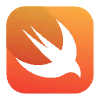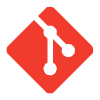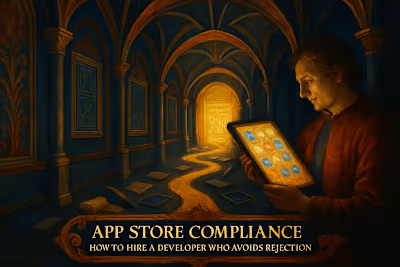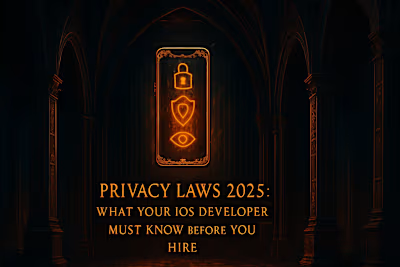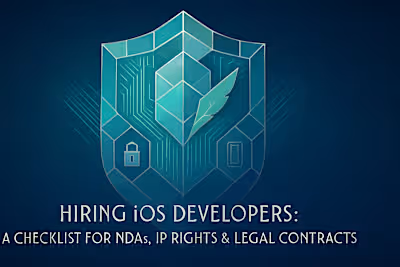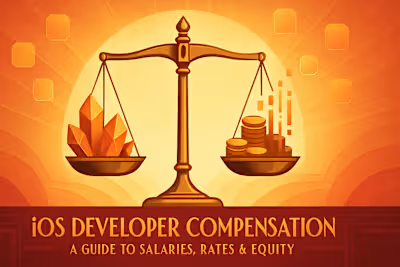Welcome Aboard: How to Onboard Your New iOS Developer for Immediate Impact

Welcome Aboard: How to Onboard Your New iOS Developer for Immediate Impact
Phase 1: Pre-Onboarding - Setting the Stage for Success
Prepare Documentation and Access
Send a Welcome Kit and Agenda
Inform the Team
Phase 2: The First Week - Immersion and Integration
Assign an Onboarding Buddy or Mentor
Conduct a Thorough Orientation
Assign a Small, Manageable First Task
Phase 3: The First 30-60-90 Days - Ramping Up and Making an Impact
First 30 Days: Learning and Observing
First 60 Days: Contributing and Collaborating
First 90 Days: Ownership and Initiative
Continuous Support and Feedback
Schedule Regular Check-ins
Foster a Culture of Open Communication
Solicit Feedback on the Onboarding Process
Conclusion
References
Welcome Aboard: How to Onboard Your New iOS Developer for Immediate Impact
Phase 1: Pre-Onboarding - Setting the Stage for Success
Prepare Documentation and Access
Send a Welcome Kit and Agenda
Inform the Team
Phase 2: The First Week - Immersion and Integration
Assign an Onboarding Buddy or Mentor
Conduct a Thorough Orientation
Assign a Small, Manageable First Task
Phase 3: The First 30-60-90 Days - Ramping Up and Making an Impact
First 30 Days: Learning and Observing
First 60 Days: Contributing and Collaborating
First 90 Days: Ownership and Initiative
Continuous Support and Feedback
Schedule Regular Check-ins
Foster a Culture of Open Communication
Solicit Feedback on the Onboarding Process
Conclusion
References
Posted Jul 6, 2025
A great hire deserves a great start. Learn how to design a developer onboarding process that integrates your new iOS dev quickly and sets them up for success from day one.


